The Best Virginia Attractions – Things To Do
The cities of Virginia are rich in history and culture. Its museums and art galleries are among the best in the country. Many of Virginia’s attractions, like country estates and historic cemeteries, are linked to its famous history as a tourist destination.
There are many historic battlefields in the state that are famous tourist attractions. It has a fascinating past that intrigues many tourists from around the world. The state is home to many natural wonders and exciting outdoor pursuits.
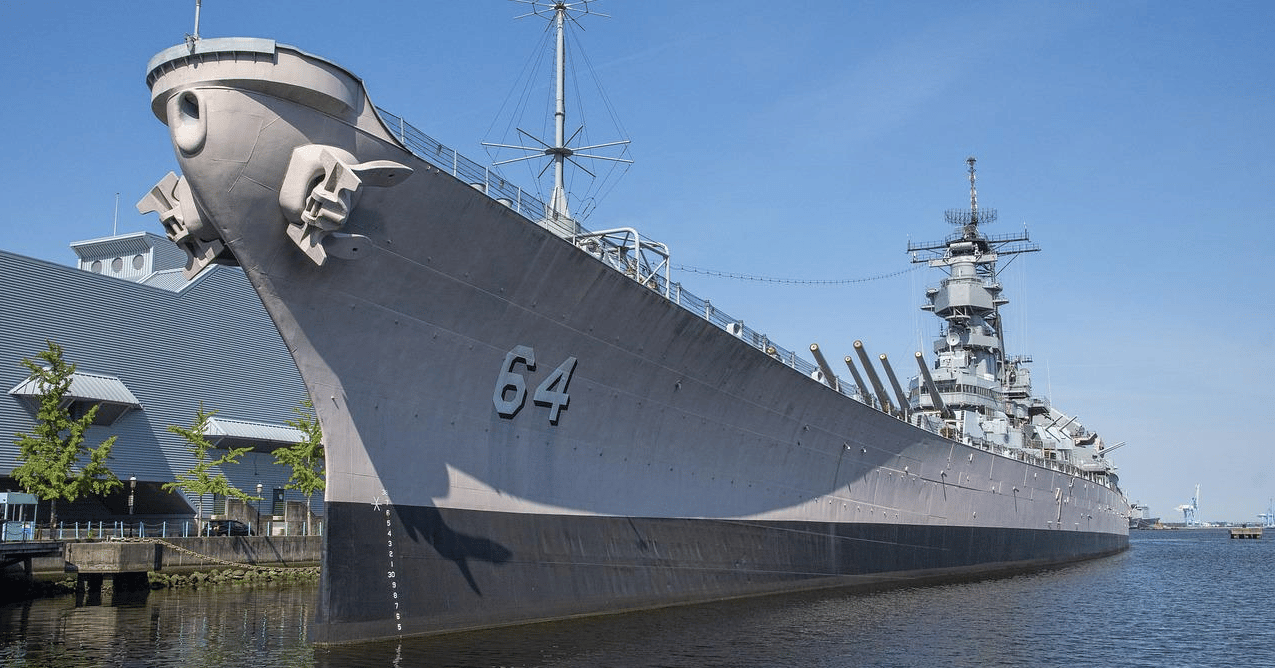
Best Virginia Attractions and Activities
Things To Do in Virginia by City
The following are the attraction in Virginia:
The Natural Bridge of Virginia
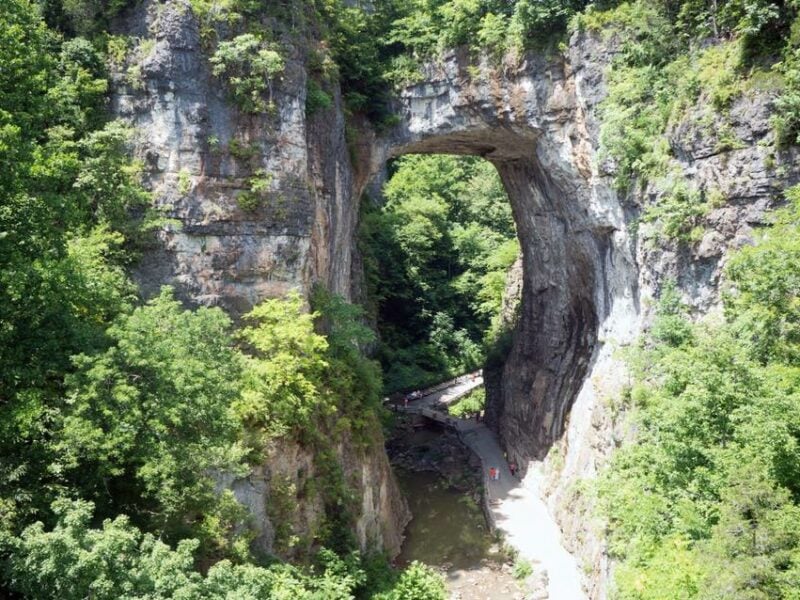
The Natural Bridge of Virginia is a massive limestone arch and a popular tourist destination in the state. Cedar Creek carved it out over many millennia. It is also the longest land-based natural bridge in North America, measuring 215 feet in length.
The Natural Bridge of Virginia is a source of many interesting facts. George Washington visited the spot as a young man and carved his initials into the stone in 1750. Thomas Jefferson acquired the Natural Bridge as part of a large tract of land he bought from King George III in 1774. Until the American colonists took possession of the bridge, the Moroccans, a local tribe, revered it, marking it as one of the most sought-after bridges in history.
The Natural Bridge of Virginia has been a state park since 2016. A light show called The Drama of Creation is put on the bridge on selected nights. The longest-running light show in the United States has been part of this bridge since 1920. This is a good place to go if you want something that isn’t too religious.
The Shenandoah National Park
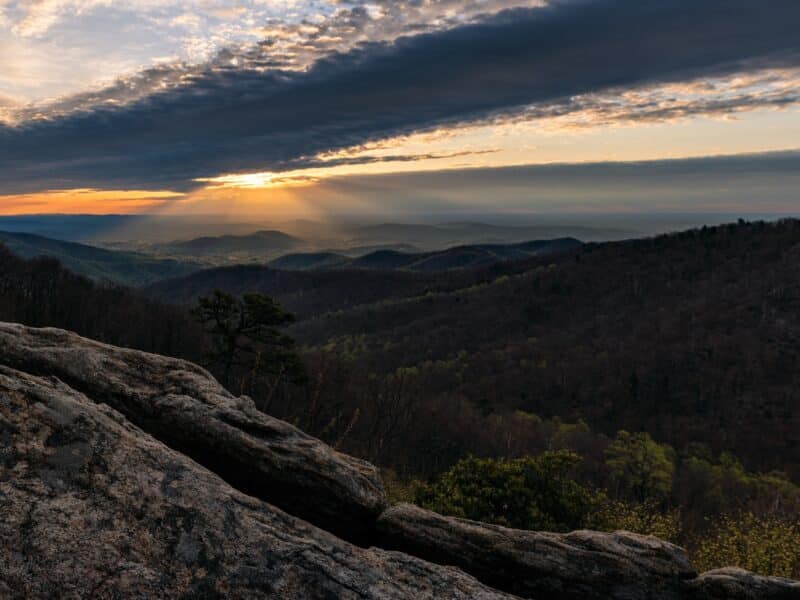
Virginia’s Shenandoah National Park protects the Blue Ridge Mountains’ unprotected regions. The park has various rest stations and landmarks, such as President Herbert Hoover’s vacation home and the old Cave Cemetery at the base of Dark Hollow Falls on Skyline Drive.
The park’s beautiful hiking trails are a key attraction. The park’s autumnal foliage is to die for. Its flowering trees and shrubs come to life in October. There are spectacular stalactites and stalagmites formations in the Luray Caverns just west of Skyline Drive on US 211.
Virginia Aquarium and Marine Science Center (VAMSC)
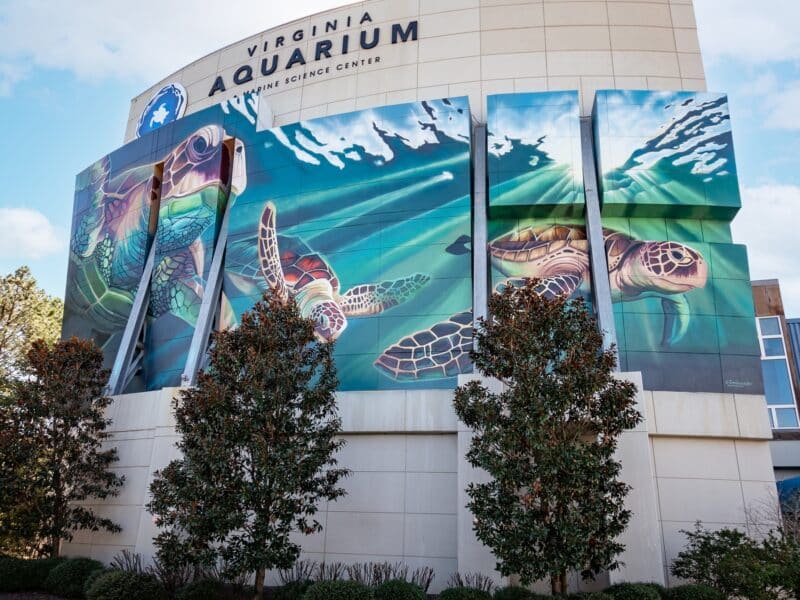
You don’t need to travel to a thousand places when you can witness animals from all around the world in one place. VAMSC is an aquarium and a marine science center. More than 12,000 animals from more than 700 different species live in 800,000 gallons of the exhibit area and 800,000 gallons of habitat in this vast facility. As one of the most popular exhibits, this one features rivers and trips from all over California.
Chesapeake Light Tower Aquarium

In addition to the Red Sea, Flores Island (in Indonesia), and the Restless Planet, the Chesapeake Light Tower Aquarium attracts many people. Don’t miss out on one of Virginia’s top family activities. The venue’s features include an aviary, nature walk, an endangered sea turtle feeding, and swimming with seals. You can swim with seals for a small fee.
The Jamestown Settlement was built in 1957 to commemorate the 350th anniversary of Jamestown’s founding. All visitors are welcome to visit this museum and gallery dedicated to the English colonization of the New World. The grounds also include a statue of Pocahontas, who was instrumental in calming Native American-settler relations.
William O Partridge erected the statue in 1922. A model of the colonists’ triangle fort is also on the property. You can observe its foundations with the naked eye.
Virginia Museum of Fine Arts
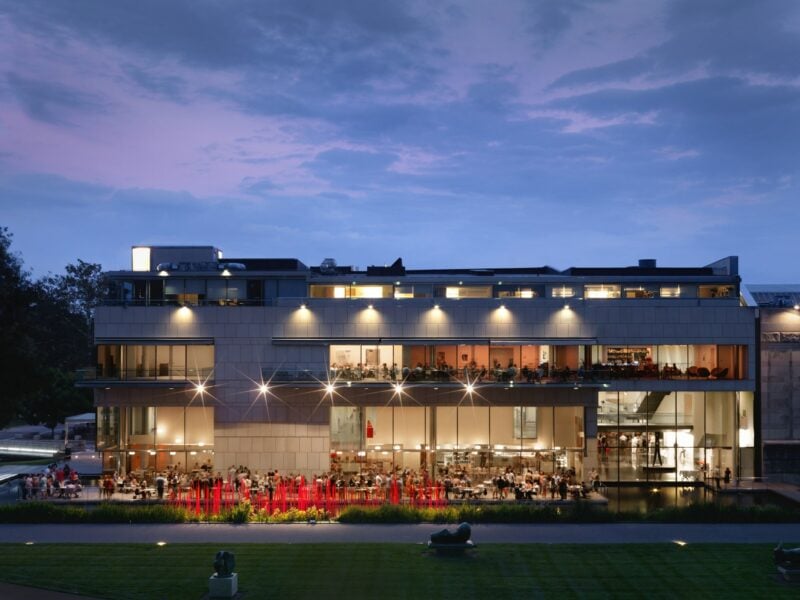
If you’re looking for a great museum in Virginia, the Virginia Museum of Fine Arts (VFMA) is the place to go. Before its opening, the state had received several art-related grants from well-known individuals, notably Judge John Barton Payne. After the VFMA’s doors opened in 1936, the public enjoyed the collection that garnered fame worldwide.
It was already a big structure before opening that housed works by prominent painters like Pablo Picasso. It also features an eclectic collection that highlights this historic museum. It had a significant renovation in 2010 and a further expansion in 2011. The VFMA presently has a total floor space of 545,000 square feet.
The other galleries, Lewis’s Art Nouveau and Art Deco feature American art. The Margaret R. and Robert M. Freeman Library and Lora Robins’ Sculpture Garden are well worth visiting. There are two restaurants and an outdoor area where you can relax.
Williamsburg
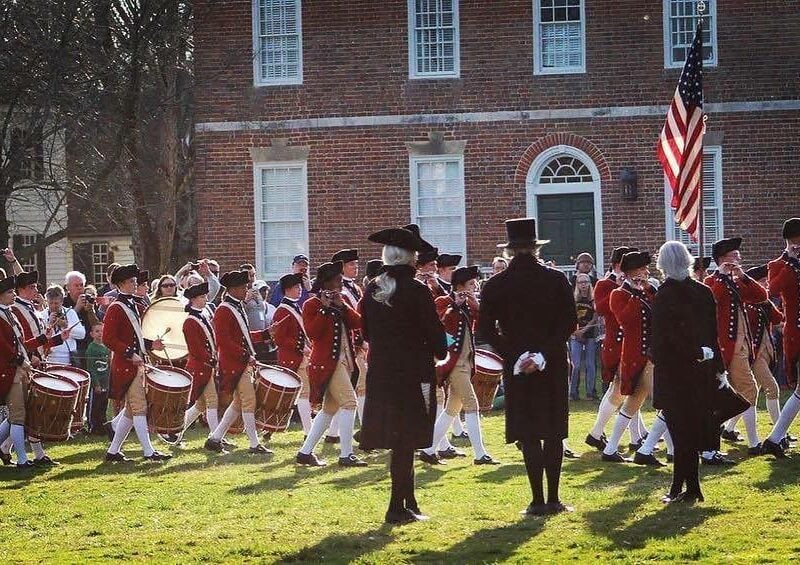
Only a few places in the world can accurately reproduce the American Revolutionary War era, like Williamsburg, where genuine 18th-century structures are still standing or have been painstakingly reconstructed on their original foundations. You can stand where Patrick Henry delivered his stirring speech, walk the same streets as Thomas Jefferson, and dine on seafood where George Washington did.
Williamsburg served as a wealthy and politically active colonial capital throughout the Revolutionary War, making it a key battleground.
Visitors of all ages can enjoy learning about the lives and times of the rich, the poor, and the enslaved people in Williamsburg via the employment of costumed interpreters and re-enactments. Several colonial gardens can be found here, along with the two excellent museums dedicated to folk and decorative arts.
Arlington National Cemetery
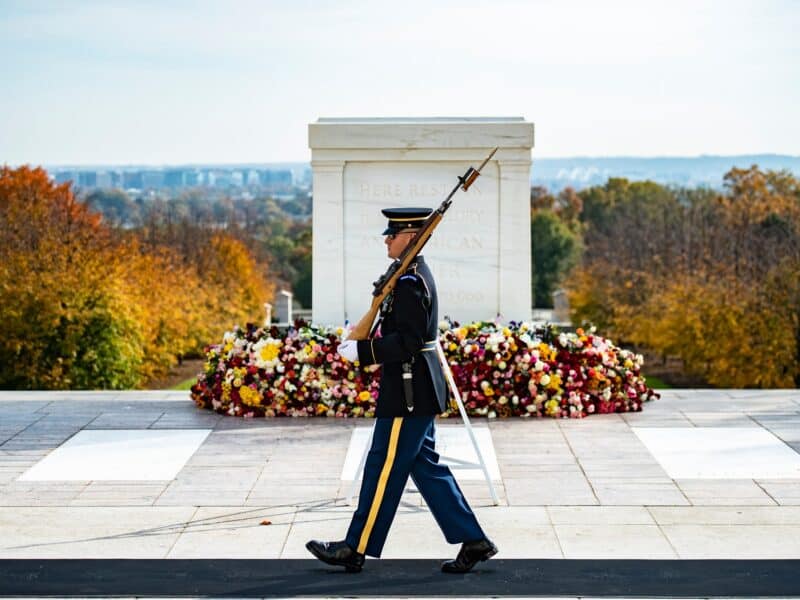
Many famous Americans are interred in Arlington National Cemetery, which covers 600 acres and overlooks the nation’s Capital. The Tomb of the Unknown Soldier and President JFK’s interment site are two of the most popular tourist attractions. Kennedy’s inaugural address from 1960 is inscribed in white marble on a headstone covered in slate and Cape Cod fieldstone.
The Tomb of the Unknown Soldier is guarded 24 hours a day by an honored guard. Veterans from World Wars and the Korean and Vietnam Wars are buried in this cemetery.
The Marine Corps War Memorial at Iwo Jima displays the famous Joseph Rosenthal photograph of six Marines and a sailor raising the American flag on top of Mount Suribachi. It is the third most popular destination in Virginia for visitors. The designer of the Iwo Jima Memorial, Felix de Weldon, also designed the Seabees’ Memorial. This memorial is dedicated to all women who have served in the armed forces of the United States.
Arlington House, built in the early 1800s by George Washington Parke Custis in honor of his paternal great-grandfather, George Washington, is located in Arlington, Virginia. Despite this interesting fact, the house is primarily known as a place where Robert E. Lee and his wife lived for 30 years before they were forced to evacuate during the Civil War.
Lee served as the commander of the Confederate Army of Northern Virginia during the American Civil War. The mansion was restored as a mark of respect for him. The architect Pierre L’Enfant’s mausoleum in Washington is situated near this mansion. Visitors can glimpse a breathtaking panorama of the metropolis he imagined from his carved-in-stone final resting place. Its mast has been preserved to honor the sailors who lost when the Battleship Maine sank in Havana Harbor in 1898, igniting the Spanish-American War of Independence.
The Blue Ridge Parkway
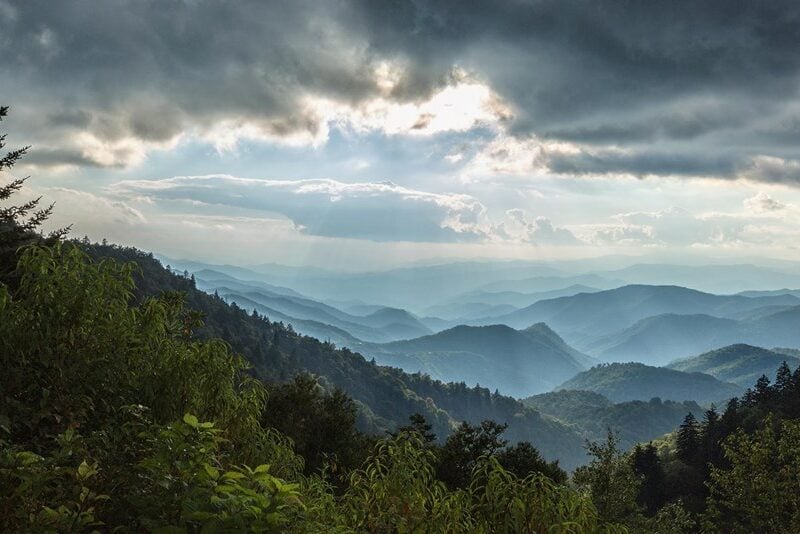
The Blue Ridge Parkway is a well-known tourist attraction in Virginia. It connects the Great Smoky Mountains National Park and Shenandoah National Park as the longest linear park in the United States.
Appalachian Mountain views from the Blue Ridge Parkway make it a must-see site in Virginia. The forest’s profusion of trees has resulted in a route abundant with scenic vistas and natural beauty. It doesn’t matter what your definition of a good time is; there’s something here for everyone.
Visitors can see original Appalachian-era farm buildings as they travel the trail. This area’s hiking trails are a feast for the eyes and ears. It’s a terrific site to get a bird’s-eye view of the city from the top of Raven’s Roost. Sherando Lake is a great place to go camping, picnics, and swimming. You can simply relax here.
Yorktown
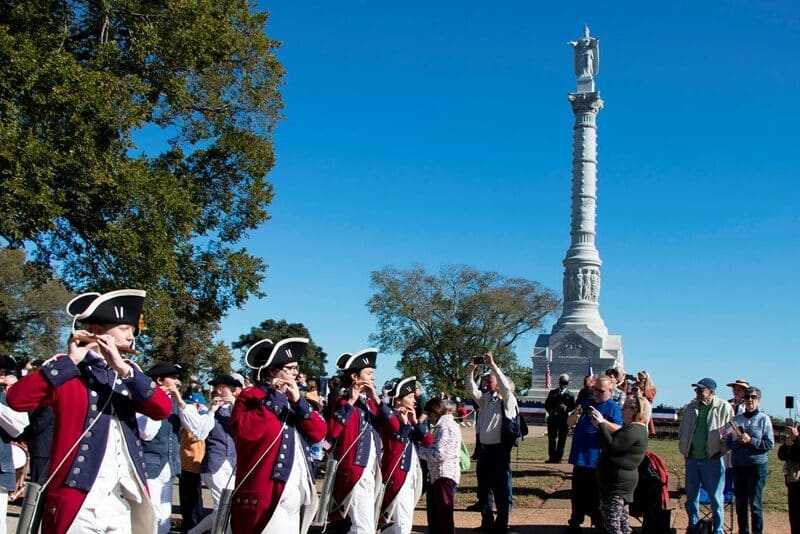
In Virginia’s historical triangle, Yorktown is one of three historic towns that make up the group. You will have the time of your life, even if you’re just there to see the sites. Why, you ask? Because you can go cycling on the TransAmerica Trail, stroll along the Riverwalk, and visit museums and historic residences like the Moore House and Nelson Houses. You can also learn about the history of the state on your vacation.
One of Yorktown’s most fascinating historical anecdotes is when Lord Cornwallis led an English force. It was captured by French and American troops in this town in the 18th century, pushing the country closer to independence.
Washington’s Home
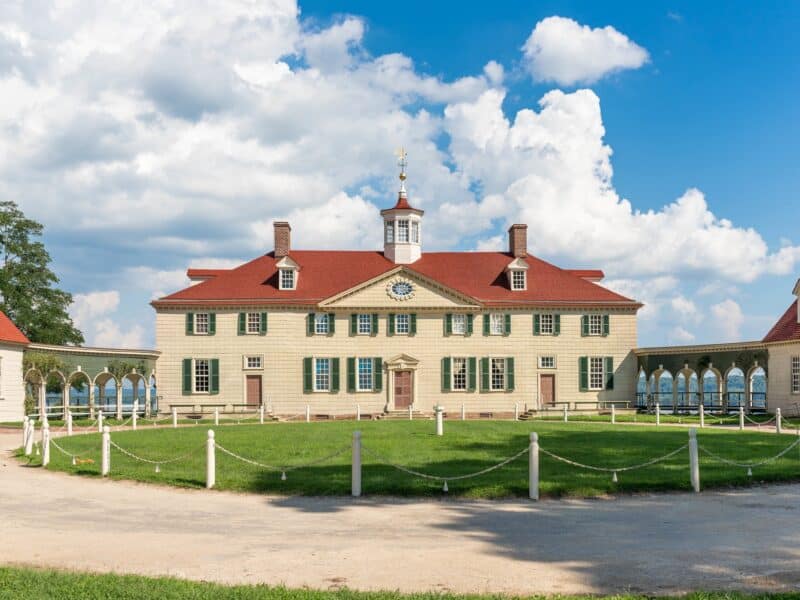
Mount Vernon Washington’s home from 1754 to his death 45 years later was a constant presence in his mind as he commanded the Continental Army. This exquisite 21-room plantation estate was the culmination of years of hard work and dedication from the owner.
Paint and wallpaper were popular in the late 18th century. The bright green walls in the New Room were a favorite of Washington. Like few other historic homes, Mount Vernon is stuffed to the gills with souvenirs from the life of George and Martha Washington, including family portraits, crests, and other keepsakes.
The first president was involved in designing and caring for the grounds and gardens overlooking the Potomac River. Native trees and bushes of the area were replanted less formally and more naturally than in the past. Plantation methods like blacksmithing and plowing have been preserved or rebuilt and are typically on exhibit at the plantation’s water-powered gristmill or other facilities.
Udvar-Hazy Center
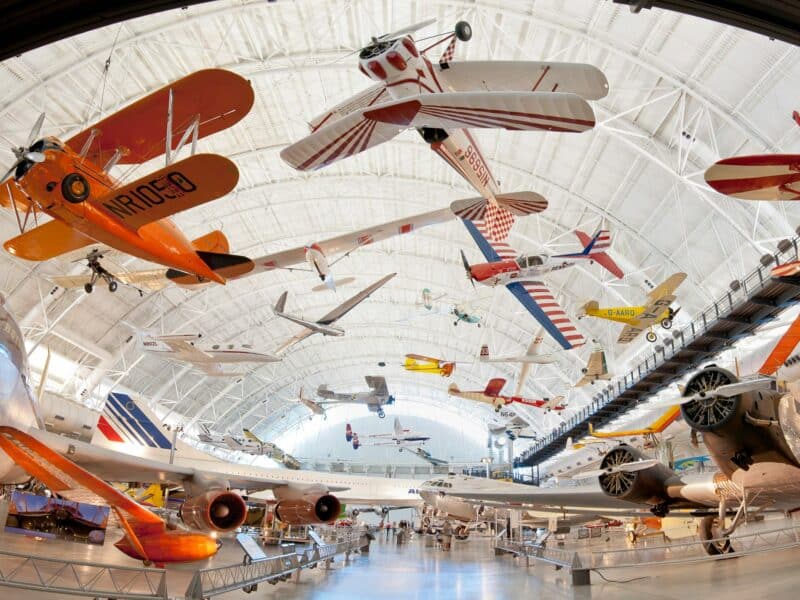
There is a display of Smithsonian Air and Space Museum exhibits at the Steven F. Udvar-Hazy Center in Washington, DC. The centerpiece of the space science exhibits is the Space Shuttle Discovery, which is one of the most amazing things you will ever see.
There are two enormous hangars filled with various aircraft, including a Concorde, from the dawn of aviation to the present day.
Military vehicles from the United States and other countries from World War II, armaments and technological advancements from the Cold War, the Korean and Vietnam Wars, and today’s conflicts are also on show at the museum. Objects are fixed and conserved on the museum’s mezzanine floor, where the visitors can observe the work being done.
The presence of Discovery Stations distinguishes the center’s displays and activities. These stations are staffed by experts ready to answer questions and engage younger visitors. The IMAX theatre at the heart of the museum features different films on aviation and space exploration, history, and the environment.
The motion capsule ride simulator and the interactive flight simulator will interest those who want a more immersive experience.
Southern Border Marker
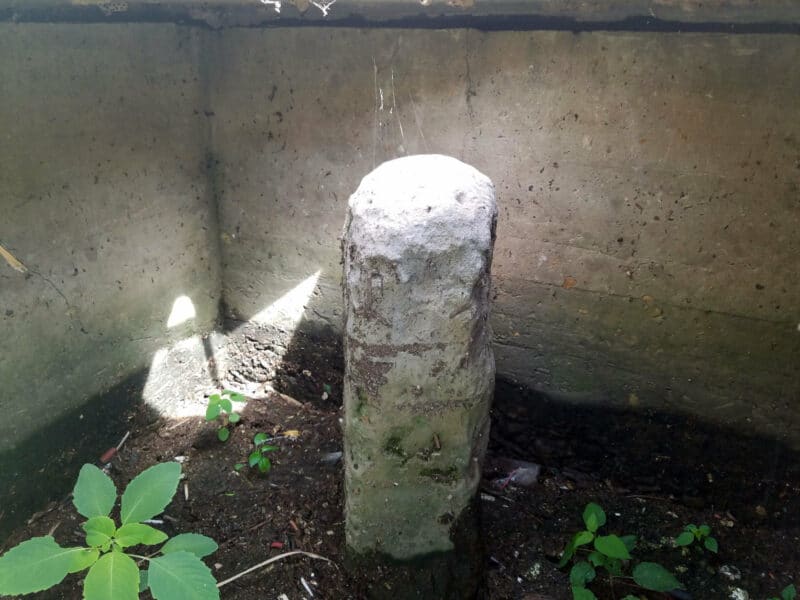
Virginia was home to America’s first federal monument in 1791. Benjamin Banneker laid the South Boundary Stone as part of a mission to survey and prepare for the establishment of Washington, DC. The District of Columbia had just been founded at the time. This stone was utilized as a boundary marker for it. It rises boldly atop a sea wall that separates Jones Point Park from the Potomac River.
A glass-and-bronze barrier protects the trail from Jones Point Lighthouses between the Potomac River fence and the lighthouse steps. In addition to the border stones and a USGS sign nearby, this historic site is worth exploring on its own. Forty boundary stones were used to chart Washington, DC, most of which have been lost over time but are still interesting to see.
Richmond
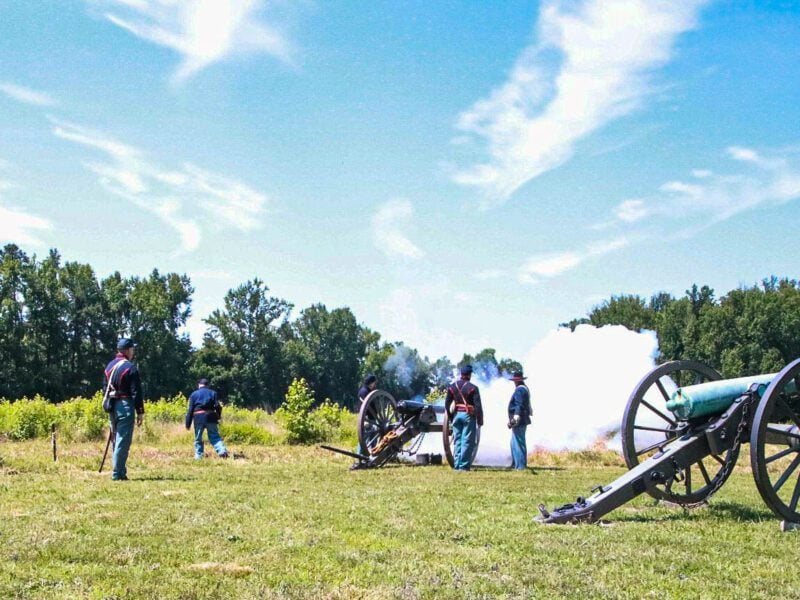
You can see relics of Richmond’s magnificent past as a center of the American independence war and the capital of the Confederacy for a period of time (1861-1865) in Richmond’s modern skyscrapers. George Washington advocated the construction of a canal along the James River-Kanawha Canal to the south of the Capital between 1785 and 1788.
Richmond National Battlefield Park depicts more than five years of combat to reclaim this vital city during the American Civil War. Another Civil War-era example is the White House of the Confederacy, which restored to its wartime appearance and houses hundreds of Civil War antiquities.
Antiques and furniture from the late Supreme Court Justice John Marshall are on display in the John Marshall House, one of the few remaining federal mansions in the area.
Plantation homes from the mid-18th century, like Wilton House in Charleston and Maymont in Charleston, have been lovingly renovated to serve as museums. The huge grounds include a conservatory, a 100-acre park, and a carriage collection.
Assateague Island
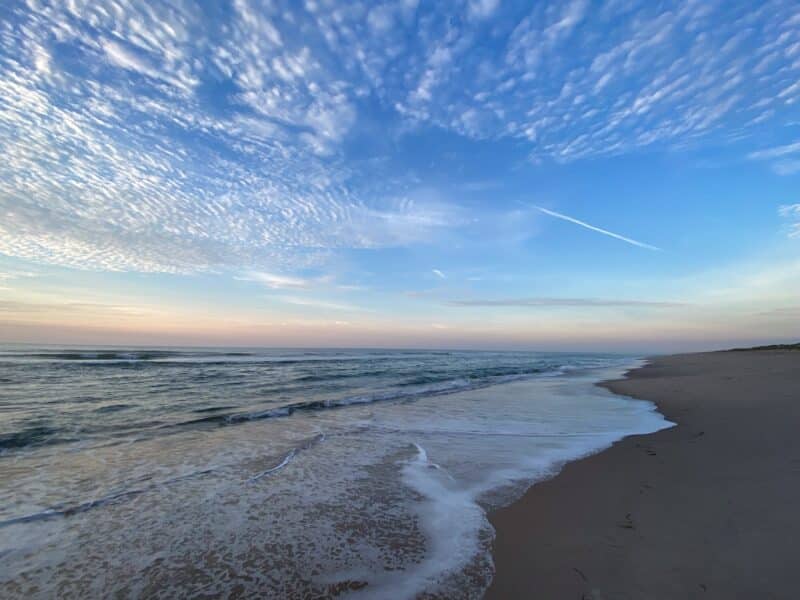
Assateague Island, a 37-mile-long island, is great to spend the weekend. Conservation agencies in three states own two separate herds of feral pony that swim up to Virginia every year. There is a National Natural Landmark island on Delmarva’s eastern shore.
Despite the lack of human habitation, feral ponies have thrived on Assateague Island for decades. They drink from ponds and consume grass in their natural environments. Some believe that ponies evolved from horses because they were exposed to various habitats over a long period of time. However, the ponies’ origins remain a mystery.
Some claim that the equines escaped from a Spanish galleon, La Galga, that was sunk nearby in 1750. The ship has yet to be found. Others suggest that the wreck is not buried in the sand on Assateague Island. Despite the lack of activities, a visit to this location is highly recommended!
National Firearms Museum
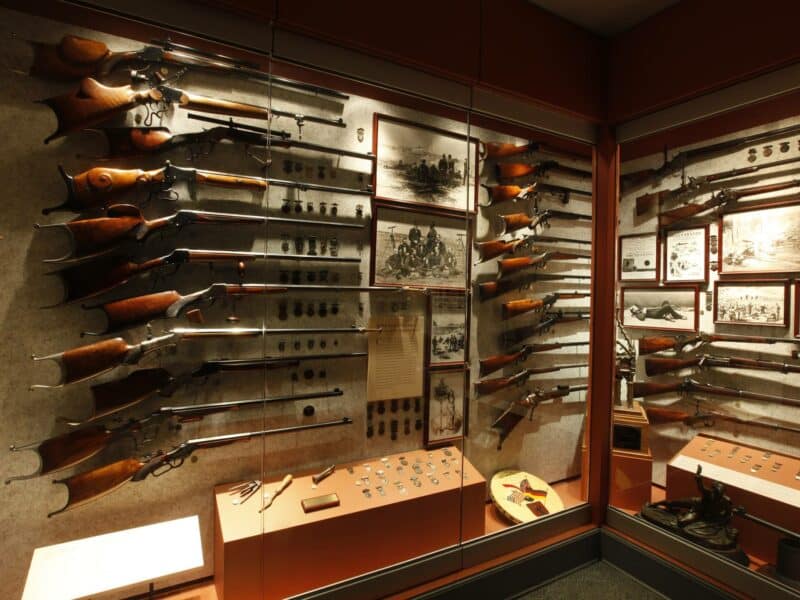
You can find historical attractions such as the National Firearms Museum across Fairfax County in Virginia. It is a 700-year-old collection of firearms that tells the narrative of America’s violent attachment to and near-obsession with mechanical armament during that time of the war. Guns have a long history in America, and the NRA runs the National Weapons Museum to showcase that history and the advances that have been made in gun technology.
Visitors can view weapons from 15 different ages in 15 unique galleries. For example, the gallery An Age of Elegance focuses on rifles from the Spanish-American War and the weaponry of Theodore Roosevelt.
The exhibit Ever Vigilant features World War II-era and modern-day weapons. The Ancient Firearms collection contains weapons that date back to 1350. The museum features guns from the likes of Dirty Harry, Mal Reynolds, and the Joker as part of its collection.
Conclusion
Virginia has numerous historic places that every traveler must visit at least once in their lives. The Appalachian Trail, presidential mansions, oysters, Dirty Dancing, Arlington National Cemetery, and Wild Ponies are some of the state’s most well-known icons of American culture. Shenandoah National Park and the state’s numerous lakes are some of the highlights of Virginia. We assure you, you will not regret your visit to this beautiful yet historical state!

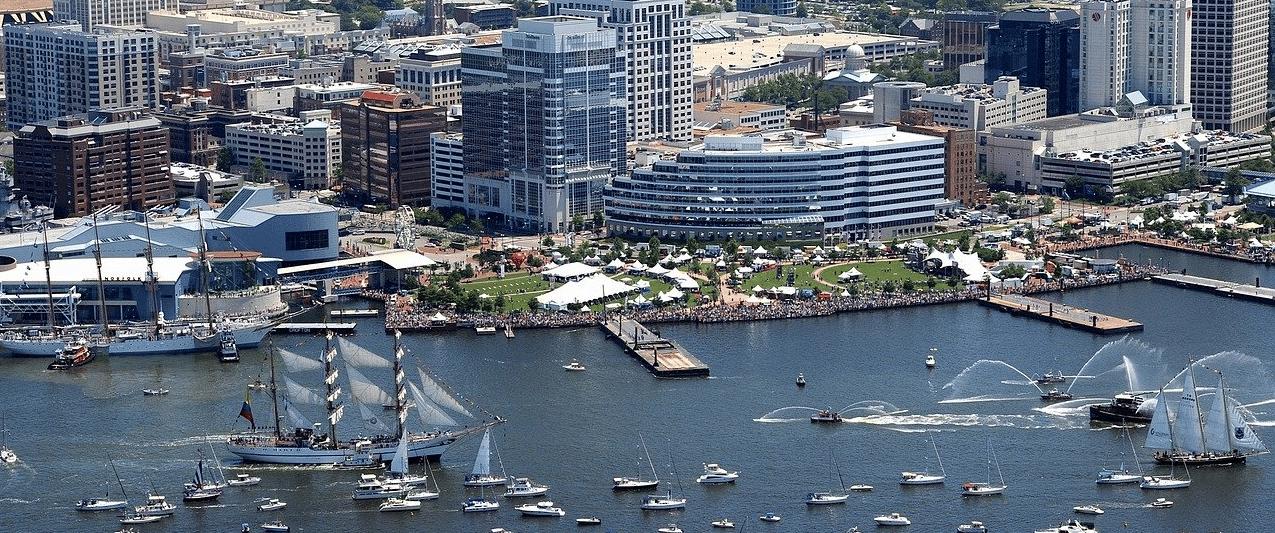
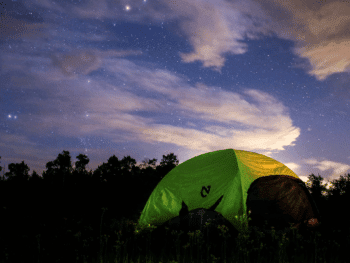
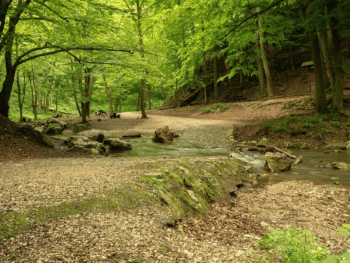

 Things To Do in Louisiana
Things To Do in Louisiana